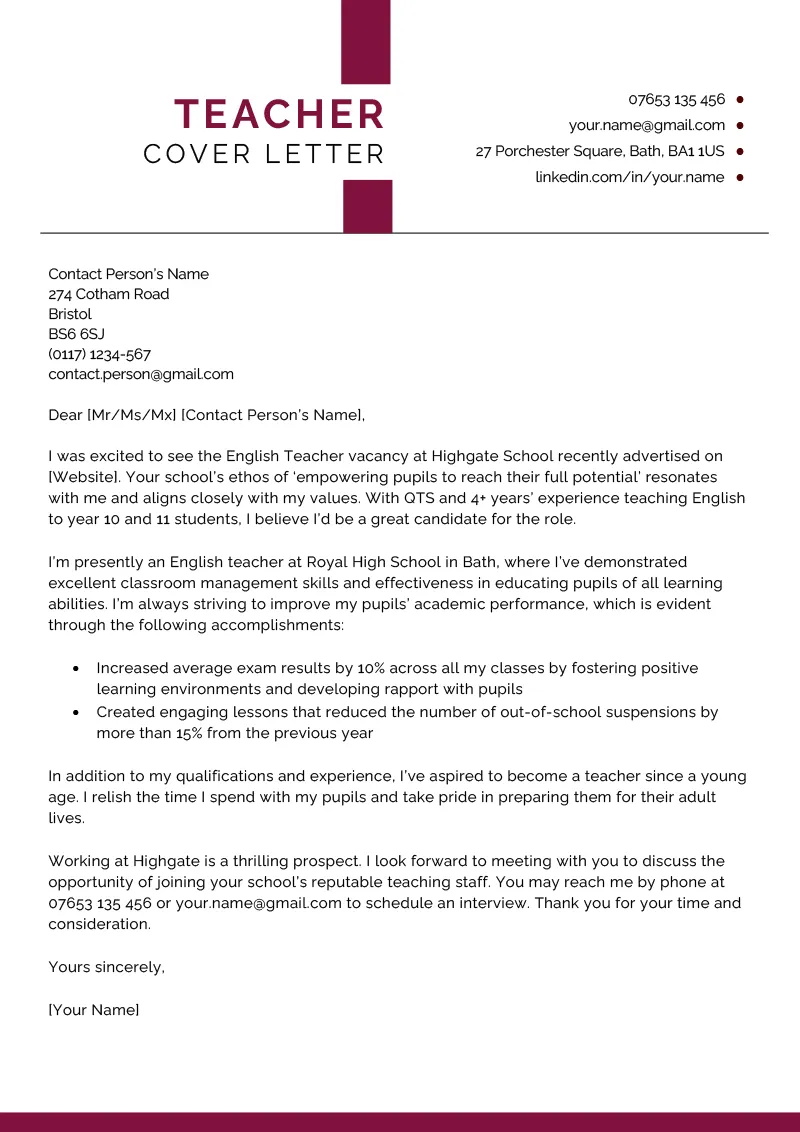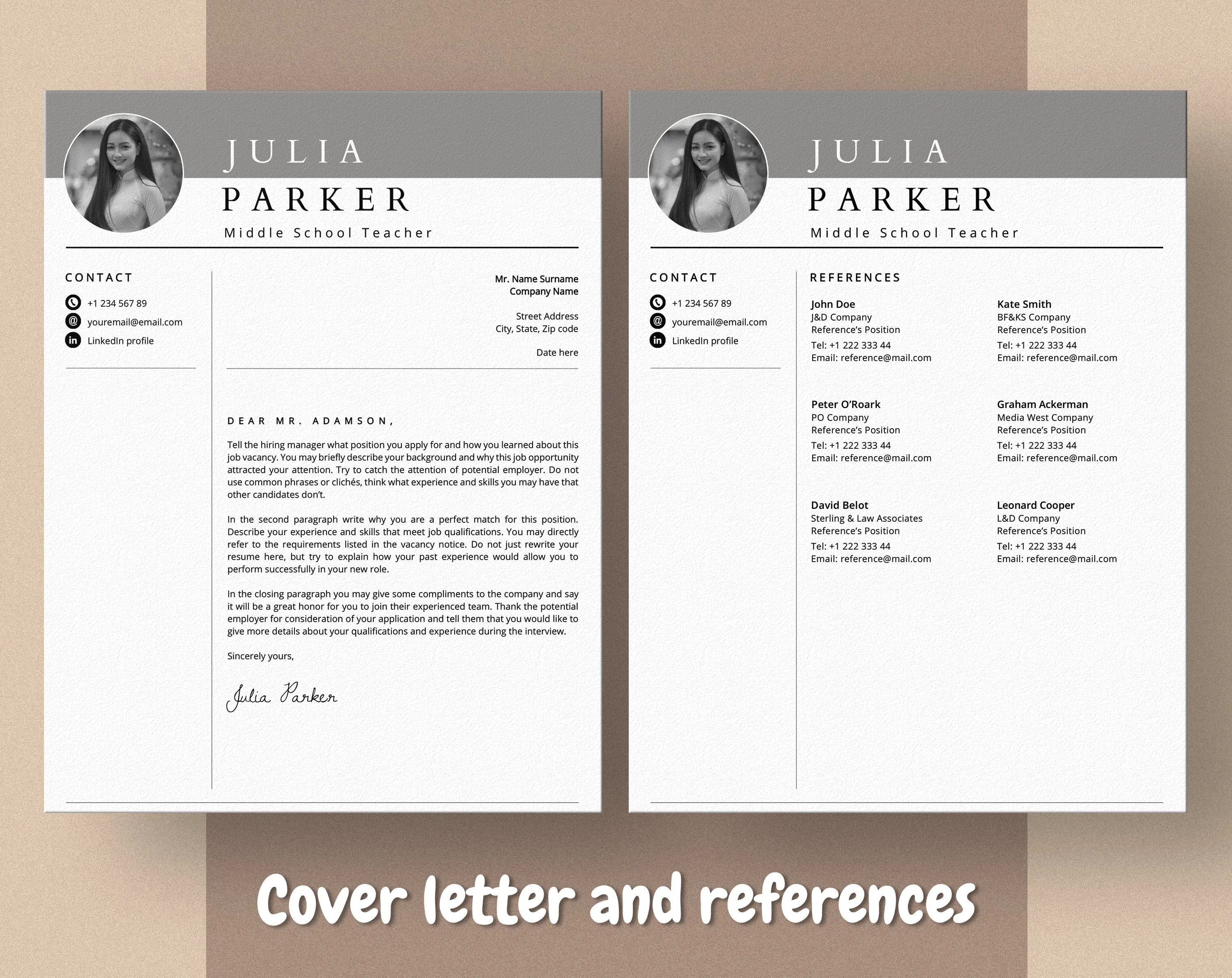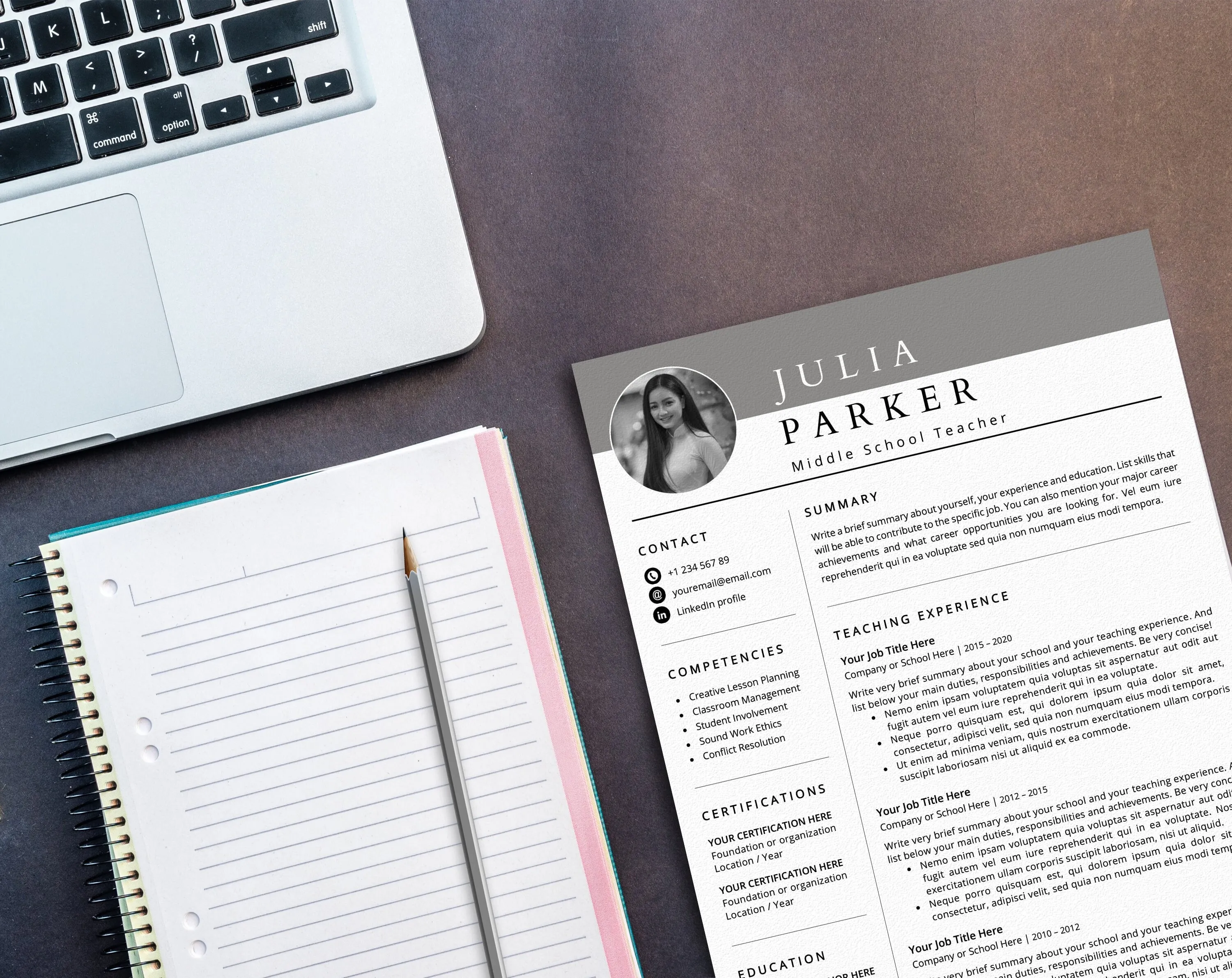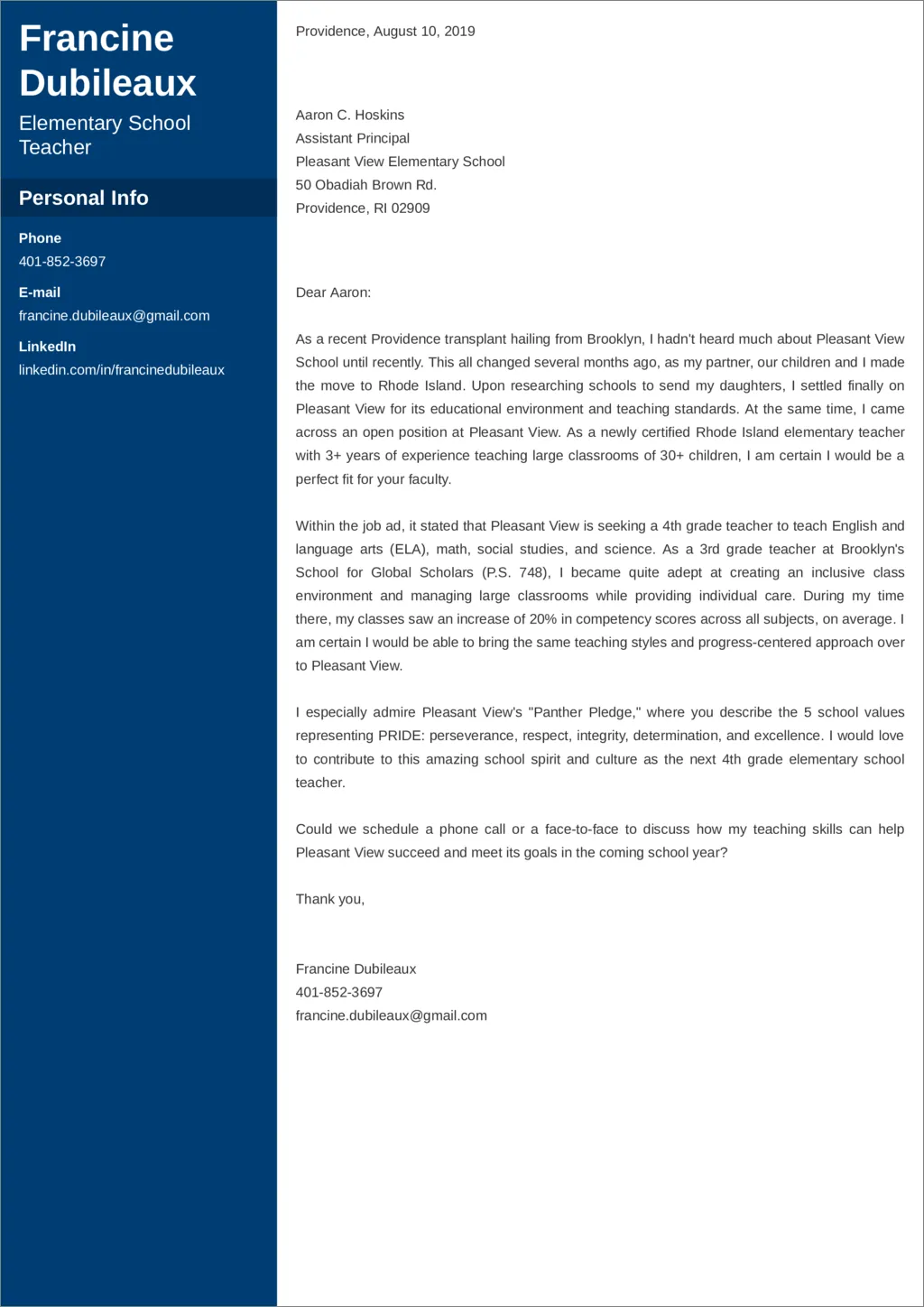Crafting a Compelling Teacher Cover Letter
A well-crafted teacher cover letter is your first opportunity to make a positive impression on a potential employer. It’s not just a formality; it’s a crucial marketing tool that can set you apart from other applicants. Your cover letter should highlight your skills, experiences, and passion for teaching, while also showcasing your understanding of the school’s needs and values. A generic letter will likely end up in the trash, so invest time in making yours stand out. Think of it as a preview of the excellent teacher you are. This is your chance to shine and convince the hiring committee to read your resume and consider you for an interview. Remember that the best cover letters are tailored, engaging, and reflect a genuine desire to contribute to the school’s mission.
Researching the School and Position
Before you even begin writing, thorough research is essential. Visit the school’s website to understand its mission, values, and any specific initiatives. Look for information about the school’s culture, student demographics, and teaching philosophy. Review the job description carefully, noting the key requirements and preferred qualifications. Identify how your skills and experiences align with the school’s needs. Showing that you’ve done your homework demonstrates your genuine interest and commitment, proving to the hiring committee that you care about more than just getting a job. This research will help you personalize your cover letter and speak directly to the school’s specific needs, making your application more relevant and compelling.
Tailoring Your Cover Letter

Every cover letter should be unique. Avoid using a generic template; customize it for each position. Address the letter to a specific person, if possible (e.g., the principal or hiring manager). Mention the specific position you’re applying for and where you saw the posting. In the body of the letter, highlight the skills and experiences that are most relevant to the job description. Use keywords from the job posting to demonstrate your understanding of the role’s requirements. Show how your qualifications align with the school’s specific needs and values. Tailoring your letter shows the hiring committee that you’ve put in the extra effort to understand their needs, which increases the likelihood of getting you an interview.
Highlighting Relevant Skills and Experiences
Your cover letter should serve as a concise summary of your qualifications, emphasizing the experiences and skills that make you the best fit for the position. Instead of simply listing your responsibilities, focus on showcasing your achievements and the impact you’ve made in previous roles. Quantify your accomplishments whenever possible (e.g., “Increased student test scores by 15%,” “Implemented a new curriculum that improved student engagement by 20%”). Emphasize any specializations, certifications, or areas of expertise that align with the school’s needs. Use action verbs to describe your accomplishments and highlight your key skills, such as classroom management, curriculum development, differentiated instruction, and student assessment. The goal is to make a compelling case for why you are the ideal candidate.
Showcasing Your Teaching Philosophy
Your teaching philosophy is your belief system about teaching and learning. Your cover letter is the perfect place to share your philosophy. Explain your approach to classroom management, student engagement, and creating a positive learning environment. Briefly discuss your beliefs about student-centered learning, differentiated instruction, or any other pedagogical approaches you use. Showing that your values align with the school’s will greatly enhance your application. The goal is to illustrate your approach to building a strong learning environment and nurturing a positive classroom dynamic. Sharing your teaching philosophy enables you to establish a connection with the hiring committee beyond your qualifications, allowing them to understand your commitment to education.
Providing Concrete Examples

Instead of making vague claims, provide concrete examples to support your assertions. If you claim to be a strong classroom manager, describe a specific strategy you used to address a challenging behavior. If you say you’re skilled at differentiating instruction, share an example of how you modified a lesson to meet the needs of diverse learners. Use the STAR method (Situation, Task, Action, Result) to structure your examples. This method helps you clearly illustrate the context, your role, the actions you took, and the positive outcomes you achieved. By providing real-life examples, you demonstrate your abilities and give the hiring committee a clear understanding of how you would contribute to their school.
Demonstrating Passion and Enthusiasm
Passion and enthusiasm are contagious. Your cover letter should reflect your genuine love for teaching and your dedication to students. Use positive language, share your excitement about the opportunity, and let your personality shine through. If you’re passionate about a particular subject or teaching method, mention it. This shows your commitment to the field. If you’re enthusiastic, it will make a good impression on the hiring committee. Show your enthusiasm about education and your dedication to students, making you a memorable candidate. Your passion will also help you stand out from the rest.
Expressing a Genuine Interest in the School
Demonstrate that you’ve taken the time to learn about the school and that you’re genuinely interested in joining their community. Mention specific aspects of the school that appeal to you, such as its mission, programs, or values. If you’ve visited the school or attended any events, mention it. Showing that you’re enthusiastic and interested in a school can make the difference when applying for a job. Your understanding and respect for the school community will make you a compelling candidate, showing that you would be a good fit for the school.
Concluding with a Strong Call to Action

End your cover letter with a clear call to action. Express your interest in an interview and state your availability. Thank the hiring manager for their time and consideration. Provide your contact information and reiterate your enthusiasm for the opportunity. A strong closing reinforces your interest and makes it easy for the hiring manager to take the next step. Your cover letter should leave a lasting impression and prompt the hiring committee to invite you for an interview.
Proofreading and Formatting
Before submitting your cover letter, thoroughly proofread it for any errors in grammar, spelling, or punctuation. Errors can undermine your credibility and demonstrate a lack of attention to detail. Use a professional font and format, ensuring that your letter is easy to read. Ensure that the layout is clean and well-organized. Consider asking a friend, mentor, or career counselor to review your letter for feedback. A well-written and error-free cover letter is an essential step for getting you closer to your dream job.
Ensuring Professionalism
Maintain a professional tone throughout your cover letter. Use formal language and avoid slang or colloquialisms. Be respectful and courteous in your communication. Ensure that your contact information is up-to-date and easily accessible. Make sure your email address is professional-sounding. Attach your cover letter and resume as PDF files to preserve the formatting. By maintaining professionalism in all aspects of your application, you demonstrate your commitment to the teaching profession and increase your chances of landing an interview.
